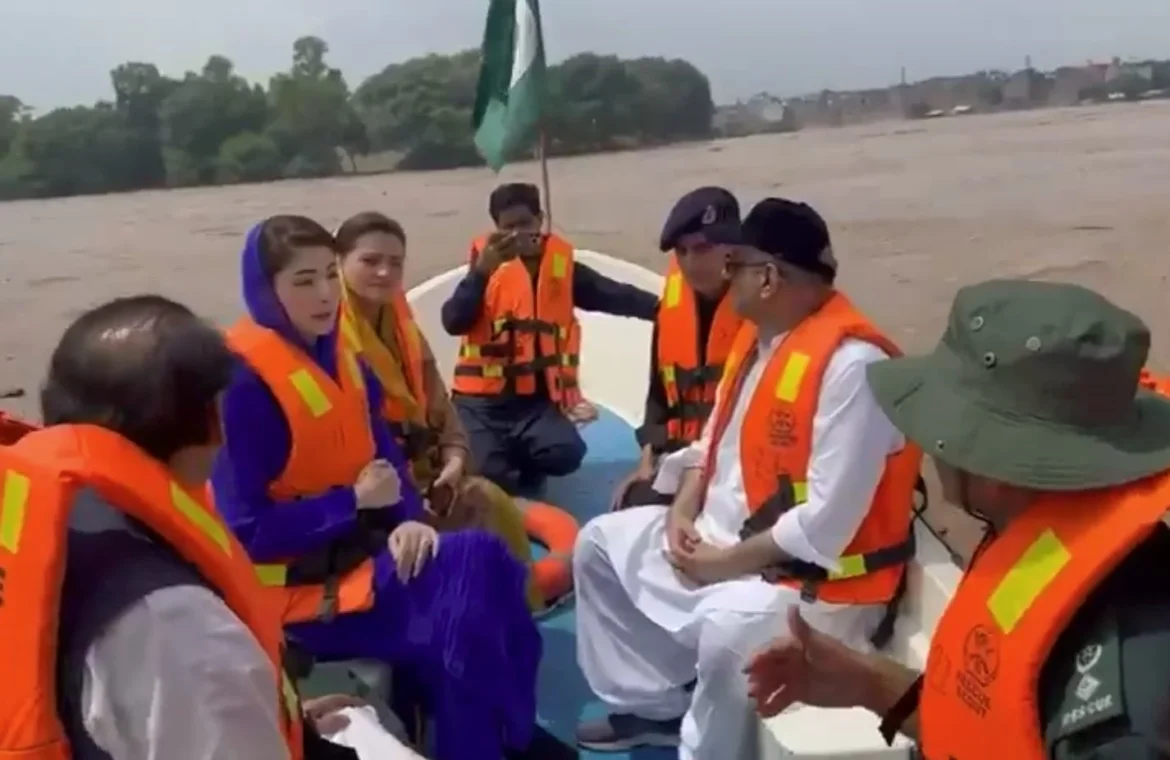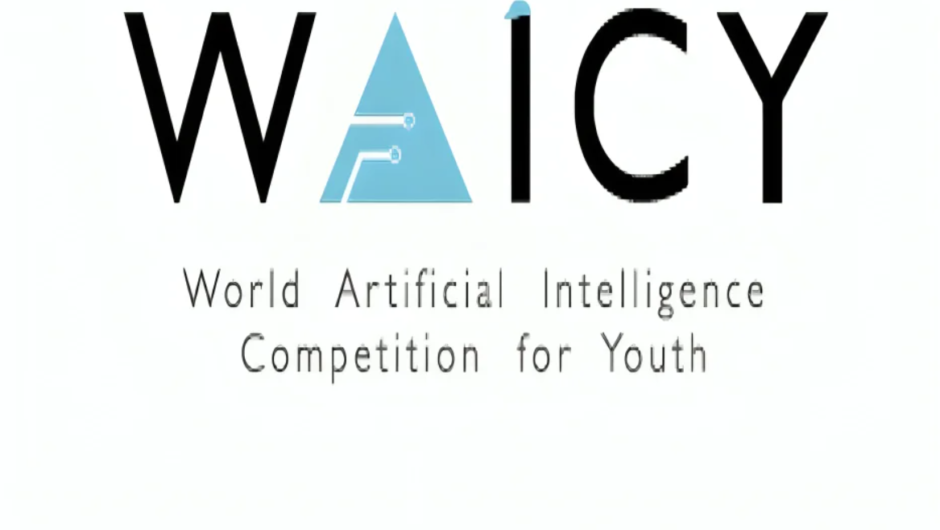Punjab Chief Minister Maryam Nawaz conducted an inspection of flood-affected areas near Shahdara, where heavy water flow from the Ravi River has impacted surrounding communities. Nearly 200,000 cusecs of water surged through the river after India’s release, creating concerns over displacement, damage to property, and disruption of local livelihoods.
Maryam Nawaz chose to assess the situation by touring the affected zones via boat, accompanied by administrative officials and disaster management teams. Her visit was part of broader efforts to evaluate relief measures and coordinate response strategies.
Coordination with Prime Minister Shehbaz Sharif
Officials highlighted that the Chief Minister’s visit was closely coordinated with Prime Minister Shehbaz Sharif, underlining a joint federal and provincial response to the crisis. Administrative units have been directed to remain on high alert, with the deployment of relief resources in low-lying regions.
During the tour, Maryam Nawaz received briefings on the extent of flooding, precautionary evacuations, and challenges in maintaining protective embankments. Authorities reassured that measures are underway to mitigate further risks, especially with water levels fluctuating due to inflows from upstream.
Visuals Trigger Online Criticism
While state officials described the visit as a proactive step, the public reaction on digital platforms painted a different picture. Images and videos of Maryam Nawaz seated in a boat during the inspection quickly circulated online, sparking debate over the optics of the situation.
Critics argued that the imagery resembled a “leisure boat tour” rather than a crisis-management initiative. Many questioned whether such visuals detracted from the seriousness of the flood crisis and shifted focus toward political theatrics instead of genuine relief work.
Debate Over Optics vs. Action
The controversy reflects a broader debate often seen during disaster management efforts in Pakistan: the tension between public image and practical action. Supporters defended the Chief Minister’s visit, noting that field inspections are necessary for leaders to grasp the ground realities.
However, detractors insisted that the mode of inspection and presentation matters greatly, especially when victims of the disaster are awaiting tangible aid. Calls grew louder for the government to prioritize relief distribution, medical support, and rehabilitation measures rather than emphasize high-profile visits.
Expectations from the Provincial Government
As water levels remain a concern, expectations from the provincial administration are rising. Citizens in affected regions are seeking:
- Immediate relief assistance including food, clean water, and shelter.
- Medical facilities to prevent disease outbreaks in flooded areas.
- Infrastructure repair to restore mobility and access to essential services.
- Long-term planning to strengthen flood defenses and prevent repeat disasters.
The unfolding situation places pressure on the Punjab government to balance effective governance with careful management of public perception.





